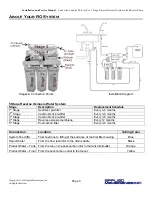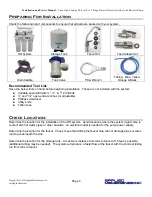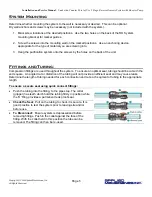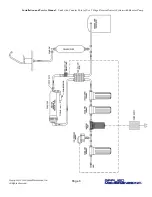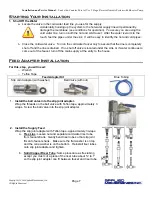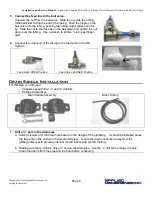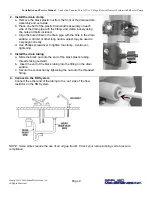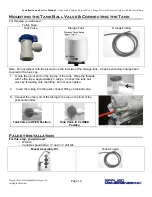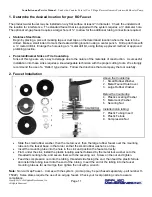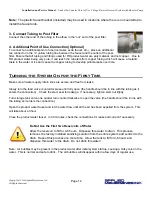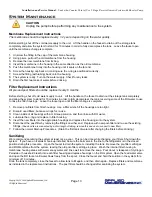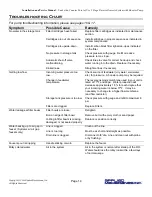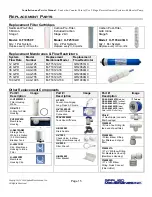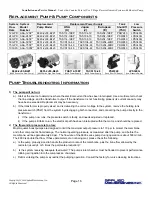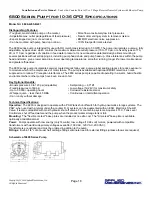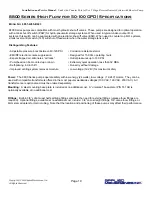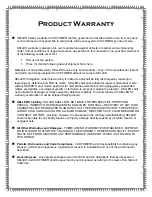
Installation and Service Manual – Under-the-Counter Point of Use 5 Stage Reverse Osmosis System with Booster Pump
Copyright © 2014 Applied Membranes, Inc.
All Rights Reserved.
Page 17
3)
The pump operation is too noisy:
Boost pumps operate at relatively slow speeds, accounting for their quiet operation. Pumps that exceed expected
noise levels usually have one of the following problems:
a) Entrapped air (which will eventually dissipate). Make sure air is not being drawn into the pump.
b) Water may have damaged the bearings, or other motor components. Check for internal leaks, as well as water
entering the motor from an external source.
c) Squeaking may be associated with the by-pass mechanism; brush contact with the commutator surface; or
inadequate lubrication in the rear bearing. Consult the factory.
4) The pump is causing electrical noise interference:
a) Try locating the pump on a dedicated electrical circuit, separate from the device that is being interfered with.
b) Consult factory for pumps available with electronic noise suppression.
5) Can a Permeate Pump and a Booster Pump be used together in an R.O. system?
a) Yes. The Booster Pump increases the feed water pressure to the membrane, while the Permeate Pump is located
after the membrane and eliminates the performance robbing back pressure created by a full, or filling, air charged
storage tank

